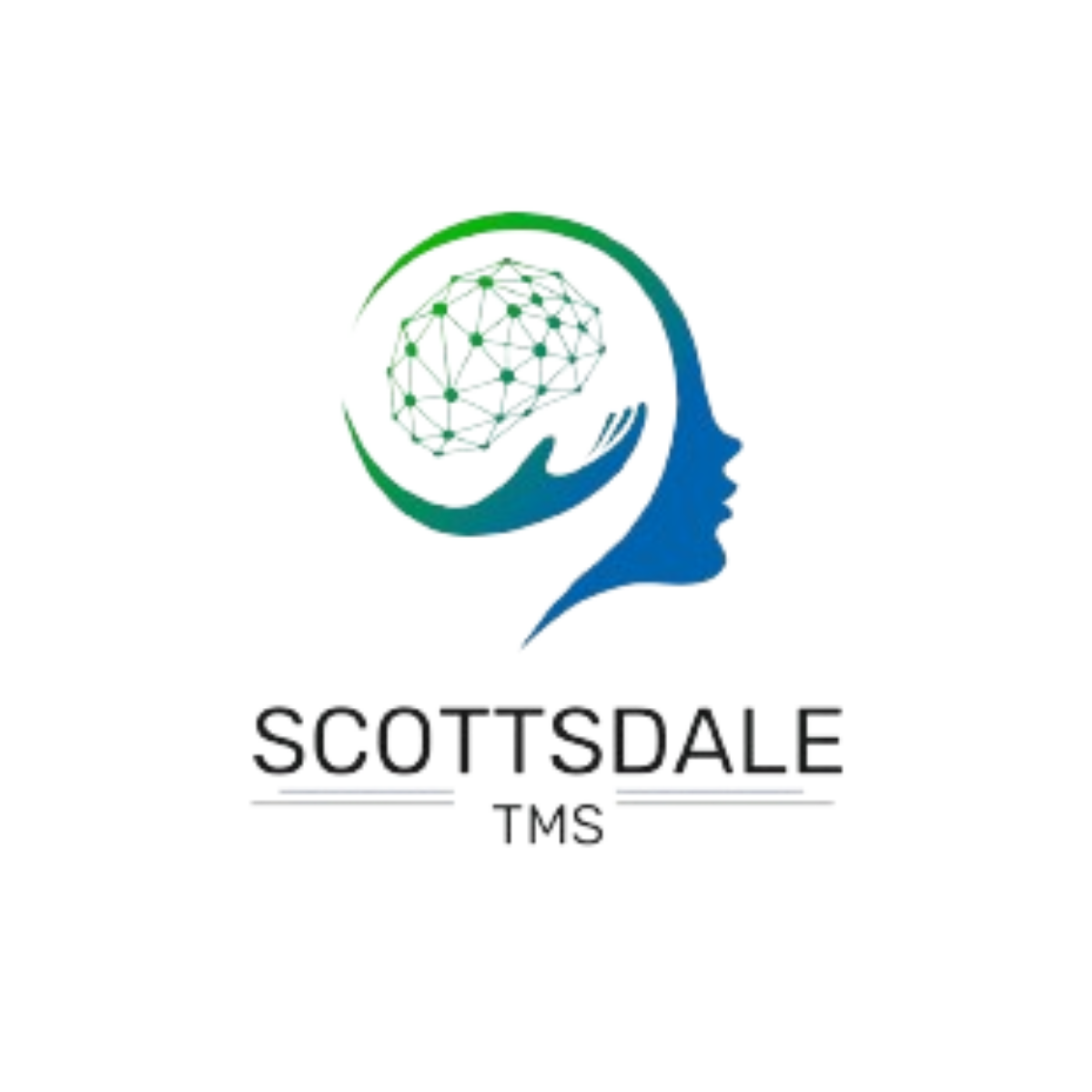Transcranial Magnetic Stimulation (TMS) is a popular, non-invasive treatment option for mental health conditions. It uses magnetic pulses to stimulate targeted brain regions and improve symptoms of depression, obsessive-compulsive disorder (OCD), and other conditions.
Within TMS therapy, there are two primary approaches: Traditional TMS and Deep TMS. Understanding the differences between these methods can help you make an informed choice.
In this article, we’ll explore the key differences between Deep TMS vs Traditional TMS, how each works, and which treatment option might be best for you.
Questions Answered in This Article:
Our Alcohol Addiction Treatment Programs

Scottsdale Rehab
Luxury Personalized Rehab

Hart Rehab
Holistic Luxury Personalized Rehab

Scottsdale Detox
Luxury Medical Detox
What is Traditional TMS?
Traditional TMS, also known as repetitive transcranial magnetic stimulation (rTMS), has been in use for several decades. It involves the use of a coil to deliver magnetic pulses to the brain’s prefrontal cortex. This area of the brain is responsible for mood regulation and is often underactive in individuals with major depression.
During a Traditional TMS session, the figure-8 coil is placed on the scalp. The magnetic pulses pass through the skull and stimulate the surface-level brain regions. This stimulation helps improve symptoms of mental health conditions, such as major depressive disorder (MDD).
Traditional TMS sessions typically last 30 to 40 minutes, and patients may need multiple sessions over several weeks to see results.
Conditions Treated with Traditional TMS:
- Major depressive disorder (MDD)
- Anxiety
- PTSD
- Obsessive-compulsive disorder (OCD)
What is Deep TMS?
Deep TMS, or deep transcranial magnetic stimulation, is a newer form of TMS therapy. It uses a different type of coil, known as the H-coil, to reach deeper brain regions. This technology allows Deep TMS to stimulate areas of the brain that are not easily accessible with Traditional TMS.
Deep TMS treatment is approved by the FDA for the treatment of major depressive disorder, OCD, and smoking cessation. The ability to reach deeper areas of the brain makes this method particularly effective for individuals who have not responded to other treatments.
Conditions Treated with Deep TMS:
- Major depressive disorder (MDD)
- Obsessive-compulsive disorder (OCD)
- Smoking cessation
Deep TMS vs. Traditional TMS
Deep Transcranial Magnetic Stimulation (Deep TMS) and traditional Transcranial Magnetic Stimulation (TMS) are both non-invasive treatments primarily used for Major Depressive Disorder (MDD), but they differ significantly in their mechanisms, effectiveness, and applications.
Differences Between TMS and Deep TMS
1. Depth of Brain Stimulation
Traditional TMS primarily stimulates the surface-level areas of the brain’s prefrontal cortex. In contrast, Deep TMS reaches deeper brain regions, including areas that play a critical role in mood regulation and mental health.
The ability to reach deeper makes Deep TMS more effective for treatment-resistant depression and other complex mental health conditions.
2. Type of Coil Used
Traditional TMS uses a figure-8 coil to deliver magnetic pulses. This coil is effective for surface-level stimulation but has limitations in depth.
Deep TMS uses an H-coil, which is designed to stimulate both surface-level and deeper brain regions. The H-coil covers a larger area and delivers more comprehensive stimulation.
3. Treatment Duration
Traditional TMS sessions last 30 to 40 minutes. Patients typically require daily sessions for four to six weeks.
Deep TMS sessions may be shorter, depending on the protocol. Some Deep TMS treatments can be completed in as little as 20 minutes.
4. Effectiveness
Clinical trials have shown that Deep TMS is effective for patients with treatment-resistant depression and OCD. The ability to stimulate deeper brain regions can improve outcomes for patients who have not responded to traditional treatments.
Both Traditional TMS and Deep TMS are effective for treating major depression. However, Deep TMS may offer better results for certain patients due to its broader stimulation range.
Choosing Between Deep TMS and Traditional TMS
Choosing between these two treatment options depends on several factors, including your specific condition, treatment history, and personal preferences. Here are some factors to consider:
1. Condition Being Treated
If you are seeking treatment for major depressive disorder (MDD), both Traditional TMS and Deep TMS are viable options. However, if you have obsessive-compulsive disorder (OCD) or are interested in smoking cessation, Deep TMS therapy may be a better fit.
2. Severity of Symptoms
Patients with severe or treatment-resistant depression may benefit more from Deep TMS due to its ability to reach deeper brain regions. Traditional TMS therapy is effective for mild to moderate depression but may be less effective for severe cases.
3. Availability and Cost
Not all clinics offer both Traditional TMS and Deep TMS. Deep TMS may be less widely available and could come at a higher cost. However, many insurance plans now cover both types of TMS therapy.
4. Comfort and Side Effects
Both Traditional and Deep TMS are well-tolerated by most patients. Common side effects include mild scalp discomfort and headaches. Deep TMS may cause less discomfort due to advancements in coil technology.
How To Choose The Right Treatment
Both Traditional TMS and Deep TMS are effective treatments for mental health conditions like major depressive disorder and OCD. Understanding the differences between the two can help you choose the right treatment option for your needs. Here are some steps to take:
- Consult A Doctor: A psychiatrist or mental health provider can help determine whether Traditional TMS or Deep TMS is the best option for your condition.
- Consider Your Medical History: Patients with a history of treatment-resistant depression may benefit more from Deep TMS. Those with mild to moderate symptoms may see success with Traditional TMS.
- Availability of Providers: Check with local clinics to see which TMS treatment options are available in your area. Some clinics may only offer one type of TMS.
Consult a mental health professional to learn more about TMS therapy and find the best option to treat depression or other mental health conditions. Here at Scottsdale TMS Therapy, our doors are always open for people seeking help and recovery. Connect with our team and explore tailored programs for your needs.

